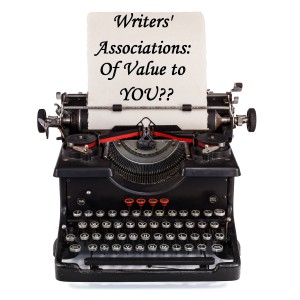by @AnnieDaylon
 I am a multigenre author, born in Newfoundland, living in British Columbia. My novels are reflective of my bi-coastal experience in that they are set on the opposite ends of Canada: Newfoundland or Vancouver. The time element is also extreme: I plunk my work anywhere from the 1920’s to the now. The research methods vary, dictated by setting. The Newfoundland novels catapult me into the past: I read and view everything I can find on the historical events and settings. Here, I am focusing on the Vancouver novels (yes, plural because I’m nearing the end of the second) which are set in present-day and require boots-on-the ground research.
I am a multigenre author, born in Newfoundland, living in British Columbia. My novels are reflective of my bi-coastal experience in that they are set on the opposite ends of Canada: Newfoundland or Vancouver. The time element is also extreme: I plunk my work anywhere from the 1920’s to the now. The research methods vary, dictated by setting. The Newfoundland novels catapult me into the past: I read and view everything I can find on the historical events and settings. Here, I am focusing on the Vancouver novels (yes, plural because I’m nearing the end of the second) which are set in present-day and require boots-on-the ground research.
My first Vancouver novel, CASTLES IN THE SAND, is set in 2010 in the west end and, in addition to online research regarding the city and the plight of its homeless, I made two specific trips to the city.
On the first trip, I left the comfort of my west-end hotel at the cusp of dawn on a relatively-warm winter day and hiked the full length of Robson Street. Why? To see, hear, and smell the world as my main character, a homeless man, does. When he observes the pigeons strutting the sidewalk, he notices (because I notice for the first time) that the
-
“little bastards have red feet.”
The predominant aroma for him is the smell of coffee (not the smell of ocean air as I had expected.)
-
“I take a deep breath so I can suck in the Starbucks. All the beautiful people carry Starbucks.”
He hears the day beginning, not just generically in the roar of traffic but specifically:
-
“The bus engine grumbles…Whooossssh. Air brakes.”
-
“Won’t be long before the bolts on the door of the shoe boutique behind me twist open. Three bolts. Every morning. Like clockwork. Click. Click. Click.”
That day, I also walked the Vancouver Seawall, toured Gastown, and ate at the Spaghetti Factory, all the while taking notes. My best discovery? At the end of a long day, while walking back to my hotel on Robson Street , I saw a young man in a white, puffy jacket. He was talking to a homeless man. I didn’t want to interfere but I wanted to eavesdrop, so I strolled past. The young man was saying “Let me help you to a shelter.” I pinged on that. For my novel, I created a new character, a Good Samaritan, who was dubbed “Marshmallow Man” by my main character.
-
“Some guy in a puffy, white jacket hovers over me. A marshmallow. A goddam talking marshmallow.”
My second trip to Vancouver was to finalize details. The backstory of my homeless character was that he had lost his home during the real estate crash. I had a specific residence in mind for him, one that I had found in the MLS listings, and walked the area surrounding that very house. I went to the nearby park where my fictional family played. There, I sat on a bench and penned a description of both house and park. I walked the tunnel under the Granville Bridge. And I sat in the foyer of the Central Branch of the Vancouver Public Library where I noticed a pigeon strutting the floor, a pigeon that inspired a caring moment for my homeless character. It was in the library that it occurred to me that all the chattering voices around me melded in to a ghost-like drone, into
-
“whirling ghosts of indiscernible chatter.”
The effect of all that research was not only that I was better-able to detail the journey of my character but also that I am now better-equipped to notice detail daily. (A bonus for a writer.)
As for current research… My Work-in-Progress is a crime thriller set in present day Vancouver, again in the west end. I have the characters and the details down, most of them anyway. But I want, once again, to walk in the shoes of my characters. This time I will take the Aquabus to Granville Island, visit a café on the beach, shop at Pacific Centre, detail heritage buildings in the area, and, most importantly, do some people watching.
In short, in a couple of weeks, I’m Vancouver bound. Boots on the ground. Can’t wait! 🙂
I invite you to join my author journey: subscribe to blog or newsletter or both! The newsletter contains news about books, links to some blogs, and occasional fun facts about my beloved island of Newfoundland. To sign up, simply place the required information in the spaces provided on the right. Rest assured your email address will not be shared for any reason. 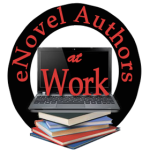


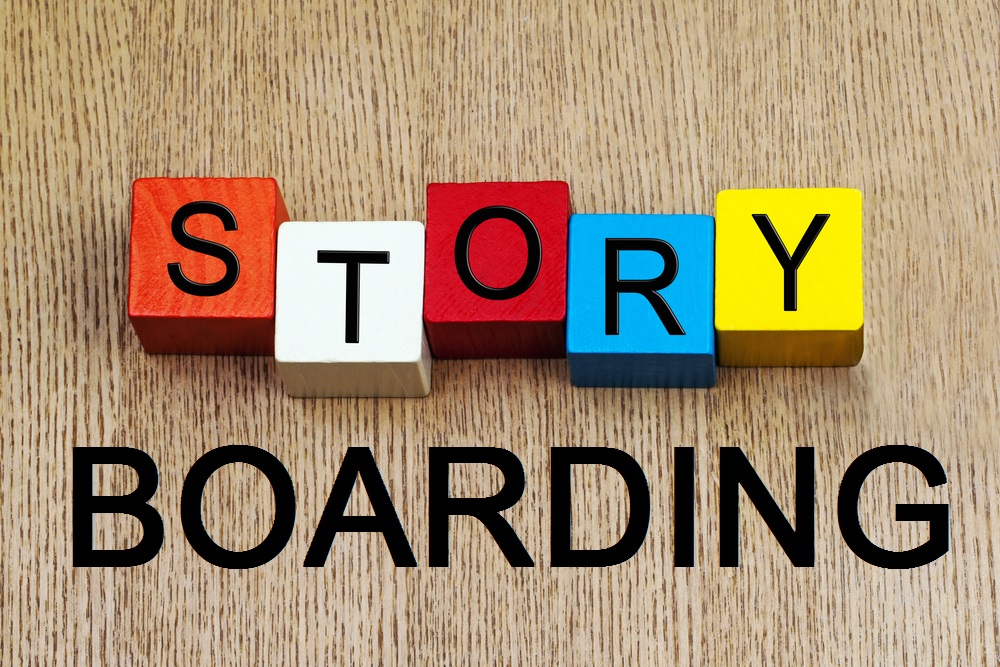

 Are you a busy Canadian author looking to save a few dollars? Read on…
Are you a busy Canadian author looking to save a few dollars? Read on…
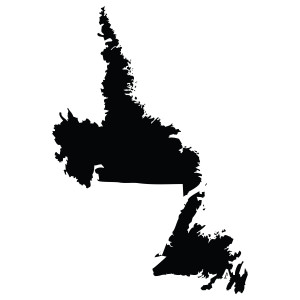
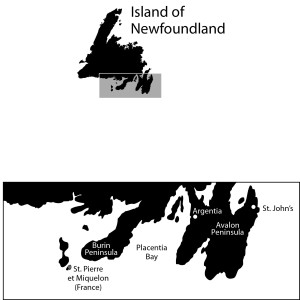


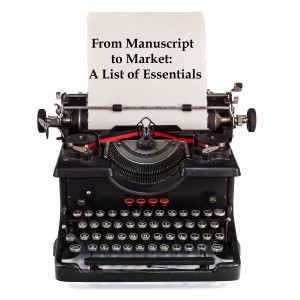 Finished your manuscript?
Finished your manuscript?